The Landslide Blog is written by Dave Petley, who is widely recognized as a world leader in the study and management of landslides.
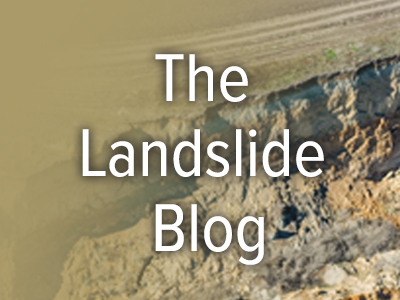
In the city of LaVerkin in Utah, USA, a series of damaging landslides are destroying houses. The slope failures are occurring on a steep bluff on the edge of the city on a street called 560 West. At least two houses have been lost to date, whilst another was evacuated last week. Google Street View shows the issue well:-
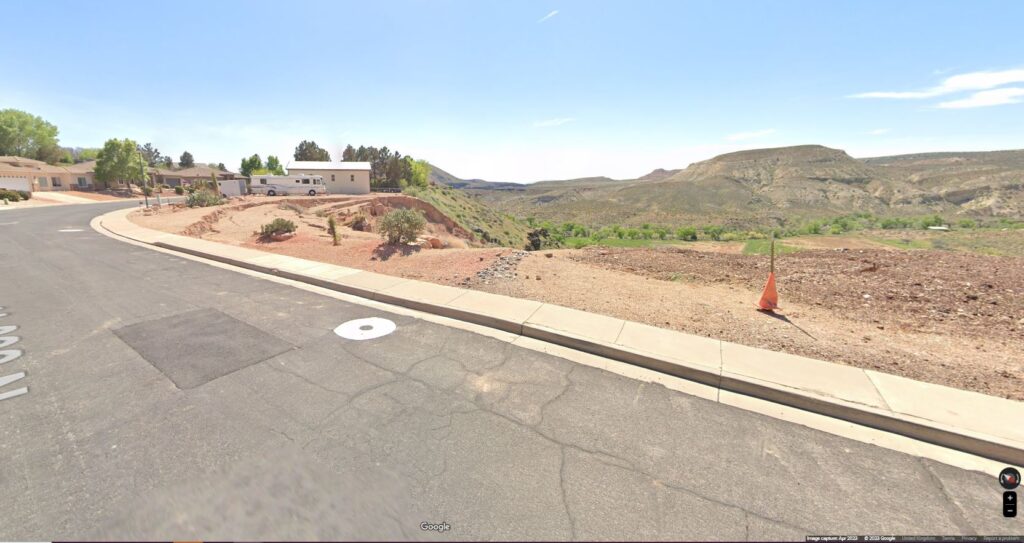
St George News has a good article about this interesting case study. The landslides are located at [37.20705, -113.28223]. Google Earth has good time series imagery that shows the evolution of the situation well. Initial issues were noted as long ago as 2005, when same damage was done to the land around one of the properties. The image below shows the situation in 2011, including the steep bluffs of the LaVerkin Bench and the houses at the top:-

By May 2013, the situation had deteriorated markedly, with a substantial slope failure starting to eat away at the edge of two of the properties:-
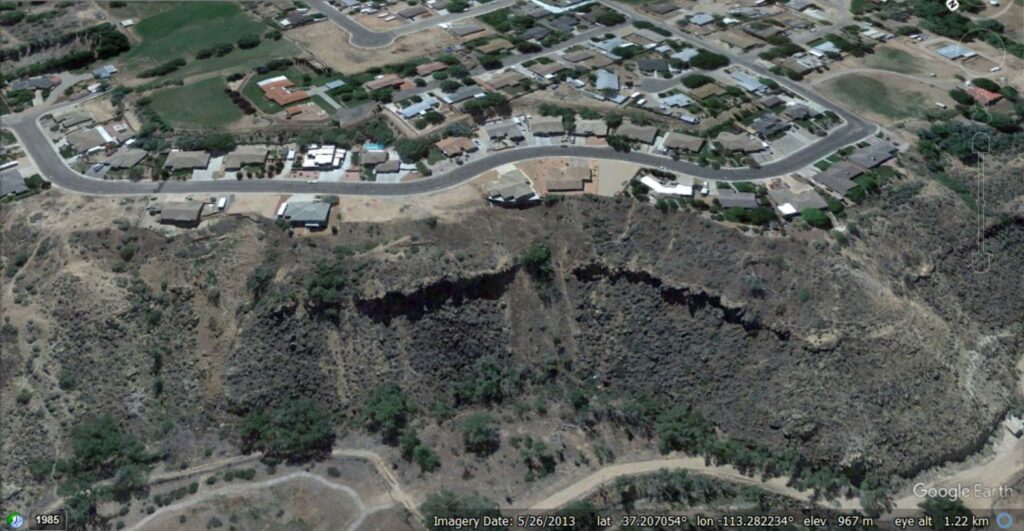
By April 2021, another part of the slope had become very active, and two properties had been demolished:-
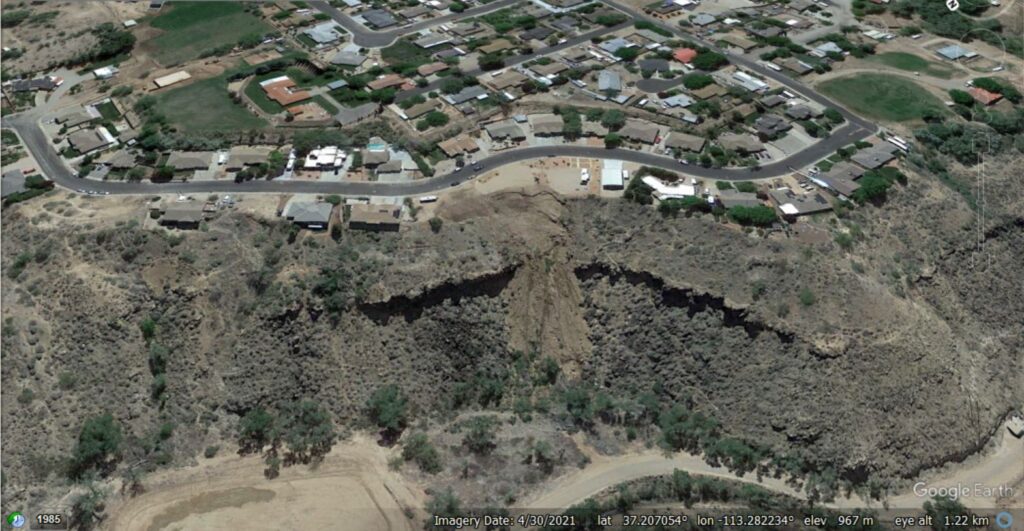
The most recent image, from May 2023, shows the massive enlargement of the area of landsliding:-
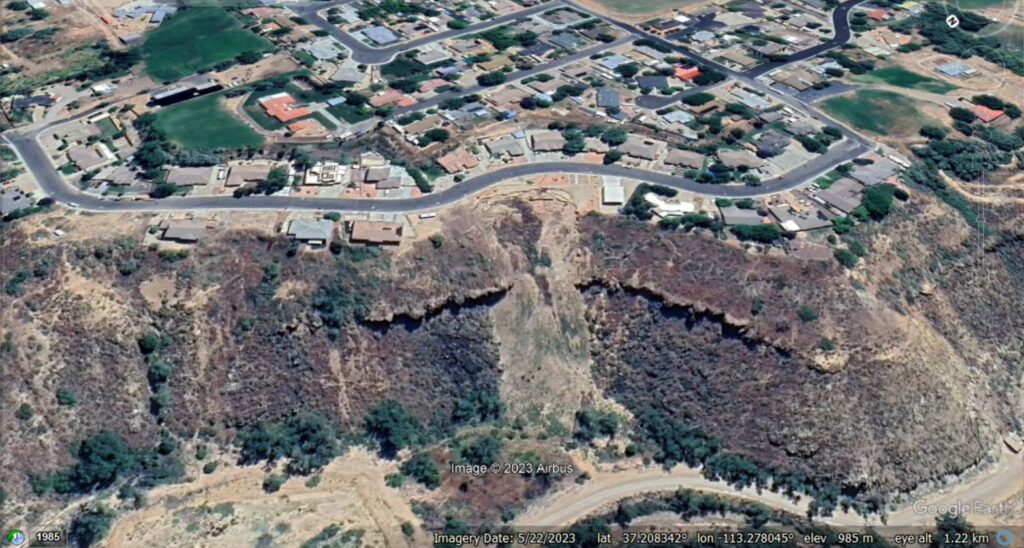
The city council commissioned a geotechnical report into the site that was completed in January 2021. I think there are two key findings in the report. The first is that the geology consists of essentially impermeable basalts overlain by permeable stream flow deposits, with some made ground. This is the classic situation for a perched water table in weak materials, which often leads to slope failure. The second is that the source of the water that is driving the landslides is considered primarily to be the infiltration of unconsumed irrigation water from the field and lawns across LaVerkin Bench. The report considers that the contribution from unconsumed irrigation water is four times that of precipitation.
The report suggests that the first line of mitigation could be a drainage system to intercept the excess groundwater, but I suspect that the cost would be high.
For the homeowners, the situation is tragic. Insurance does not cover this situation in the USA (and indeed in many other countries), so the property owners bear the costs. A Gofundme has been set up to support them, but it has raised a only modest sum.

